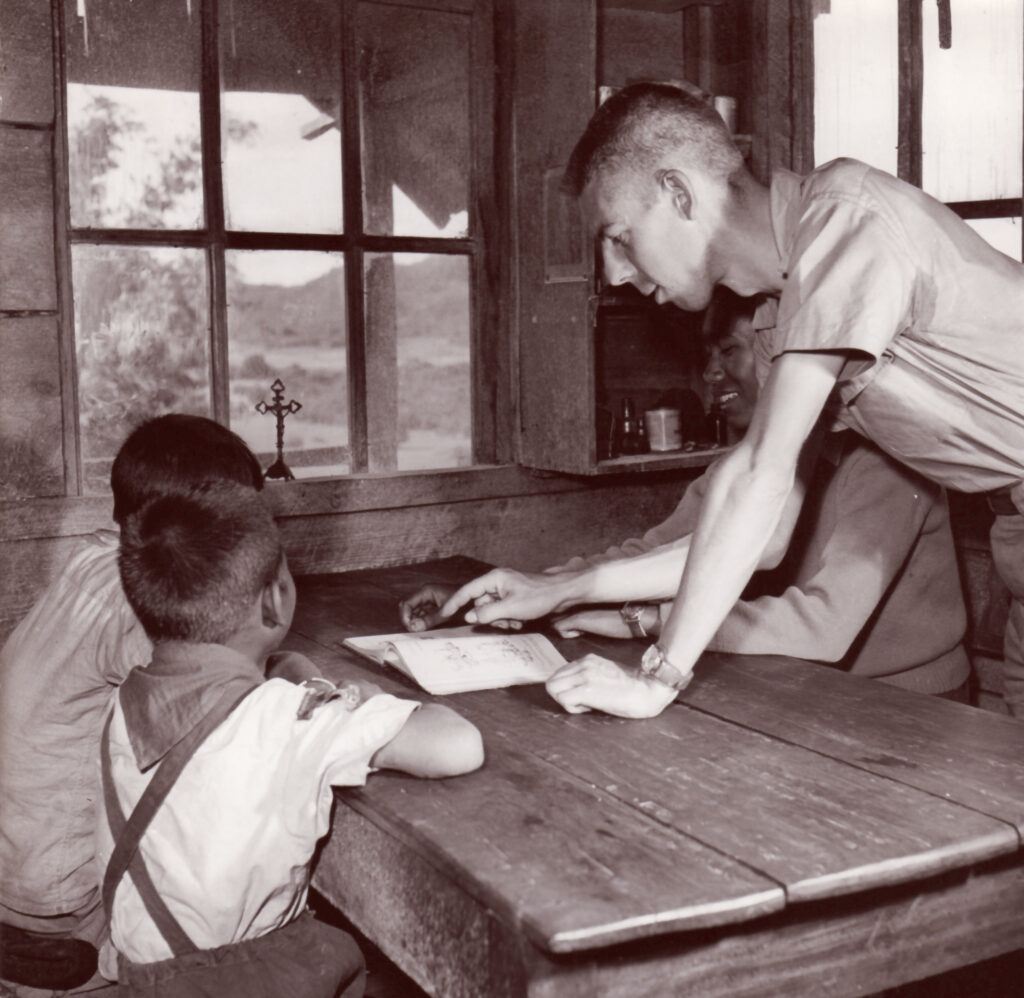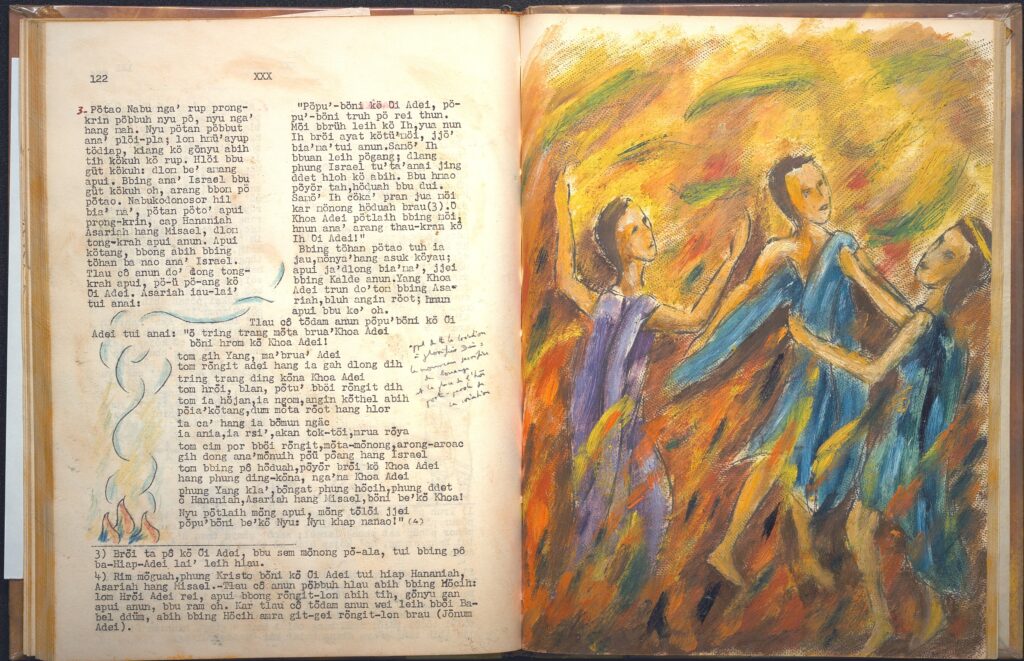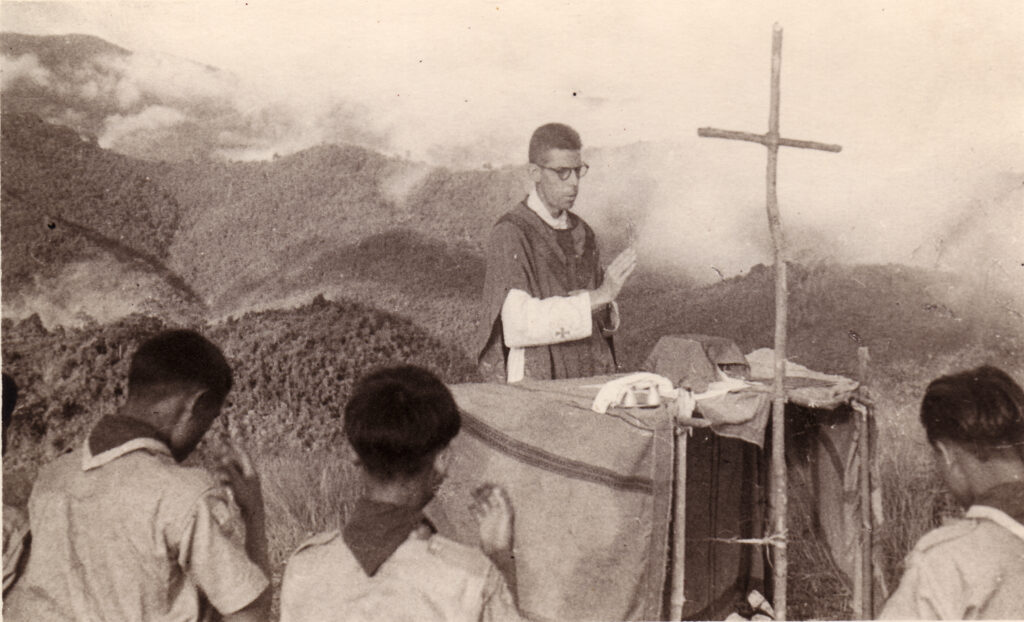

The means of the Gospel message
Developing the means of evangelization
In Kala, as in Cheo Reo, the young priest Dournes implemented the means usually used to develop new centers of Christianity: caring for the sick, especially lepers, educating children, and offering cultural activities for adults. The aim was to exercise charity, but also to change the locals’ perception of this new religion he was telling them about. Father Dournes had a personal interest in scouting, which he developed among teenagers who would become his first catechumens.
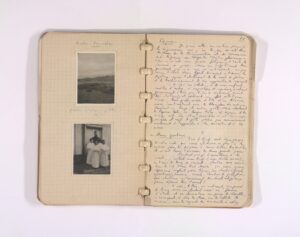
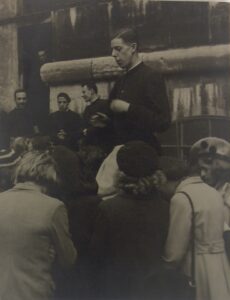
The life of an apostle, always on the road to forge human bonds and teach, is intertwined with that of an ethnographer: the fifty or so Jörai villages he visits are all places to gather information, and scout camps provide an opportunity to collect the myths recited during evening gatherings.
Despite his zeal until the end of his mission in 1970, Dournes was confronted with a persistently low number of baptisms. He constantly questioned his methods, relying more on local catechists, who were indispensable in rooting the Gospel message in the cultural references of the Montagnards. Among the Jörai, he ended up devoting himself almost exclusively to the pastoral care of catechumens, seeking the best way to integrate Catholicism into their way of life and beliefs.
For Dournes, sacred art was a privileged means of touching hearts. At the Kerlatap leprosarium, he designed and created the frescoes and stained glass windows of the chapel himself. He promoted the use of local techniques and symbols, with the motto “Do not destroy, but perfect.”
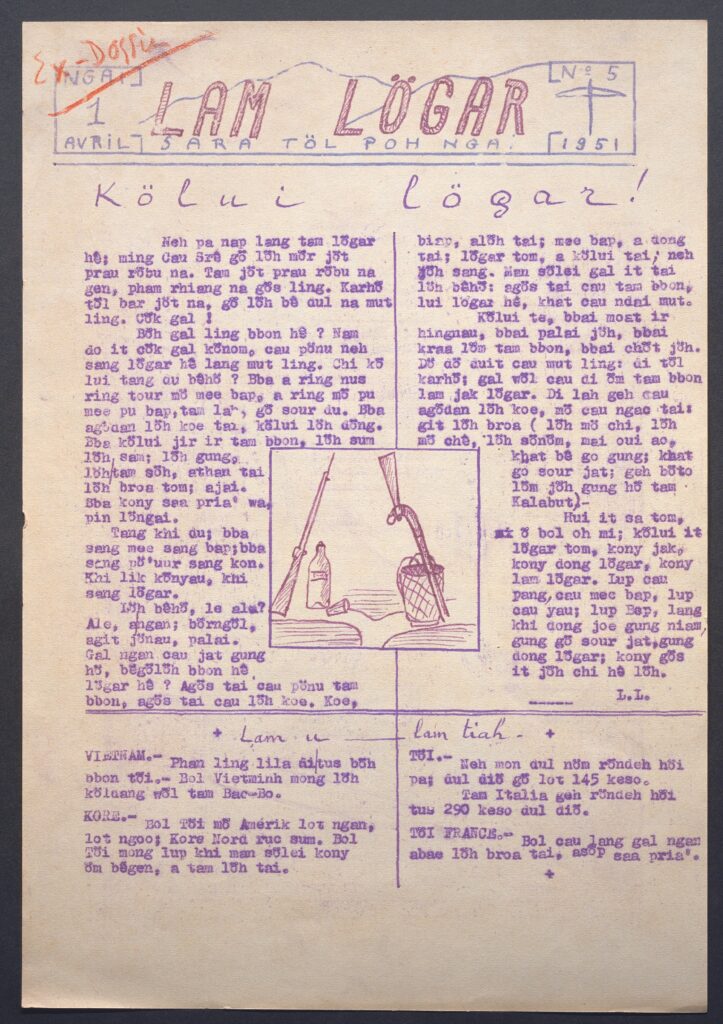
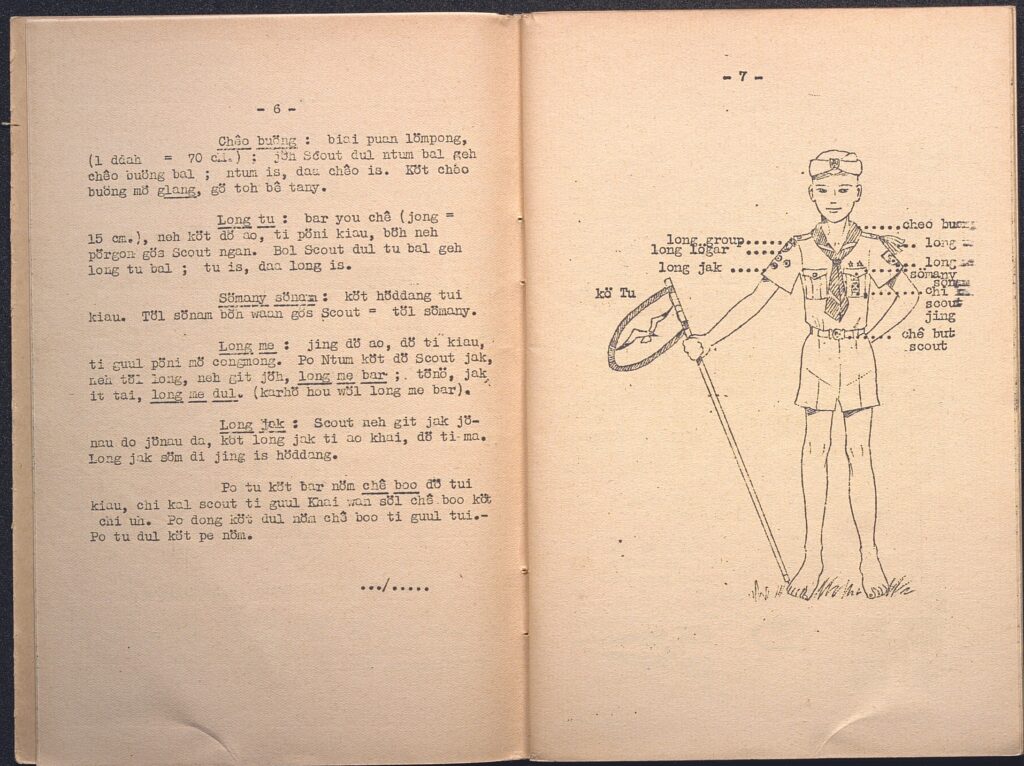
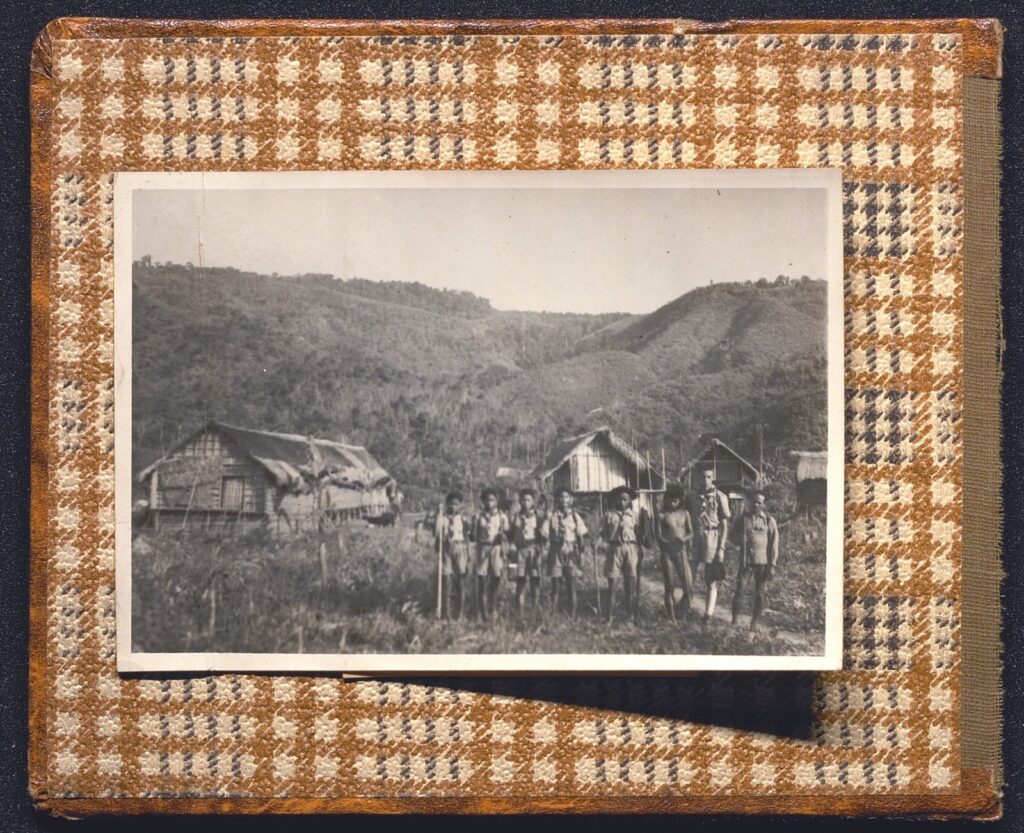
The children from the school in Chöreo who used to come to catechism every Thursday have stopped coming. Many have returned to the bush, frightened by the sounds of war. Another project that has failed, like everything else I have undertaken here. But I know that it doesn’t matter.


Appropriate language
You can’t live with people without speaking the same language.
Defining a transcription system
Dournes is undoubtedly the only Westerner to have spoken two mountain languages like a native and understood several others. However, his task was complicated by the fact that Sré (or Koho), an Austroasiatic language, has no common roots with Jörai, an Austronesian language. As the first missionary to the Jörai, he could not rely on the existence of any interpreters; it fell to him to define a transcription system and publish the first dictionaries. After assimilating the wide variety of concrete terms, he appropriated the richness and structure of these languages, which are typically oral, expressed in pairs of words and rhythmic formulas.
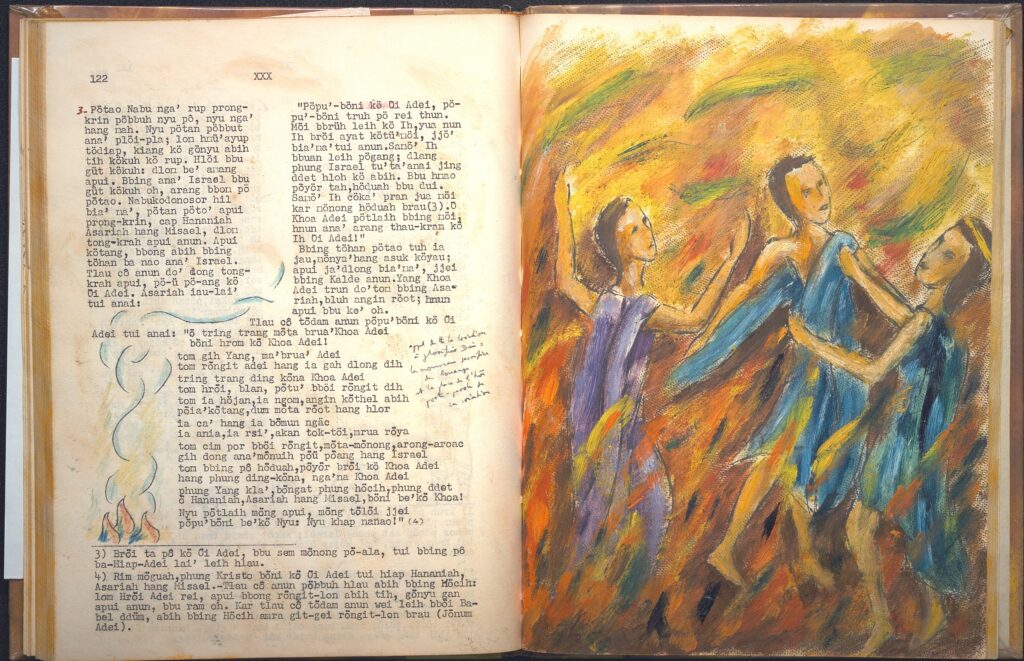
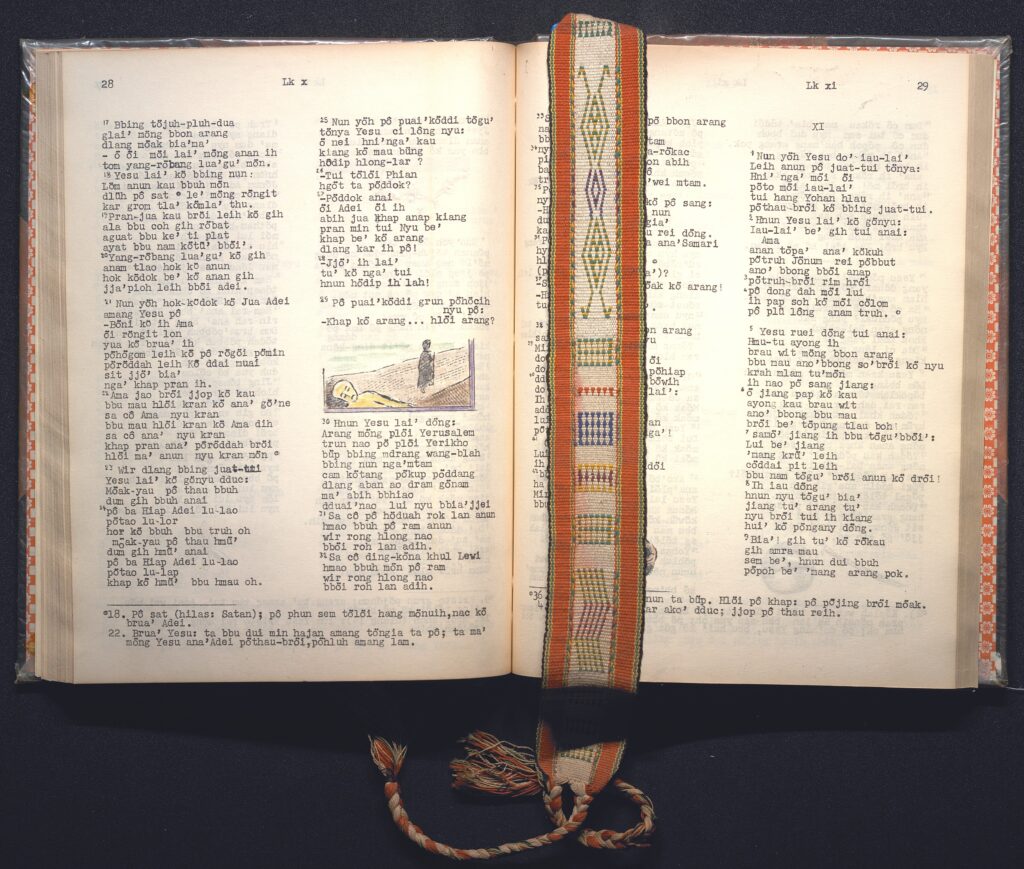
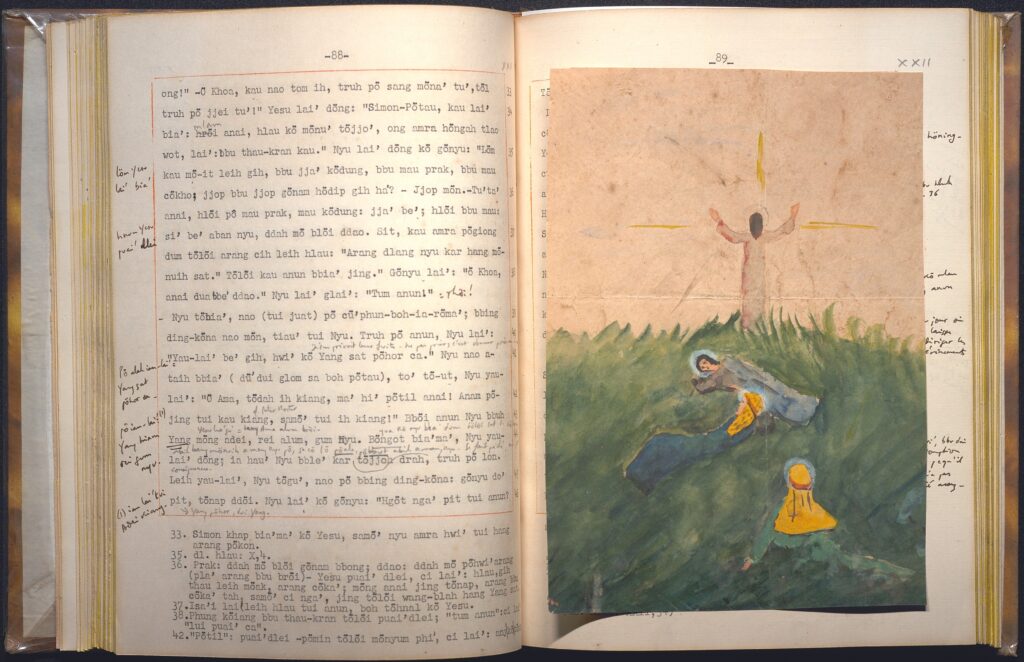
“Take from within, rather than impose from without”
Forget not only your mother tongue but also your own way of thinking: Dournes applied this principle to his methods of evangelization. Convinced that liturgy was the surest means of evangelization, he advocated for celebrations in local languages and gradually translated the New and Old Testaments. As for catechisms and missals, he decided not to translate them but to compose his own materials, adapted to the mental frameworks of the Montagnards.
To translate terms specific to Catholic theology, he searched their oral heritage for the most appropriate existing concepts: Take from within, rather than impose from without. Thus, at the cost of a serious conflict with the bishop of Saigon, he was the first to unearth and choose the term Ndu to designate God, the Montagnard conception of a single deity superior to other spirits.
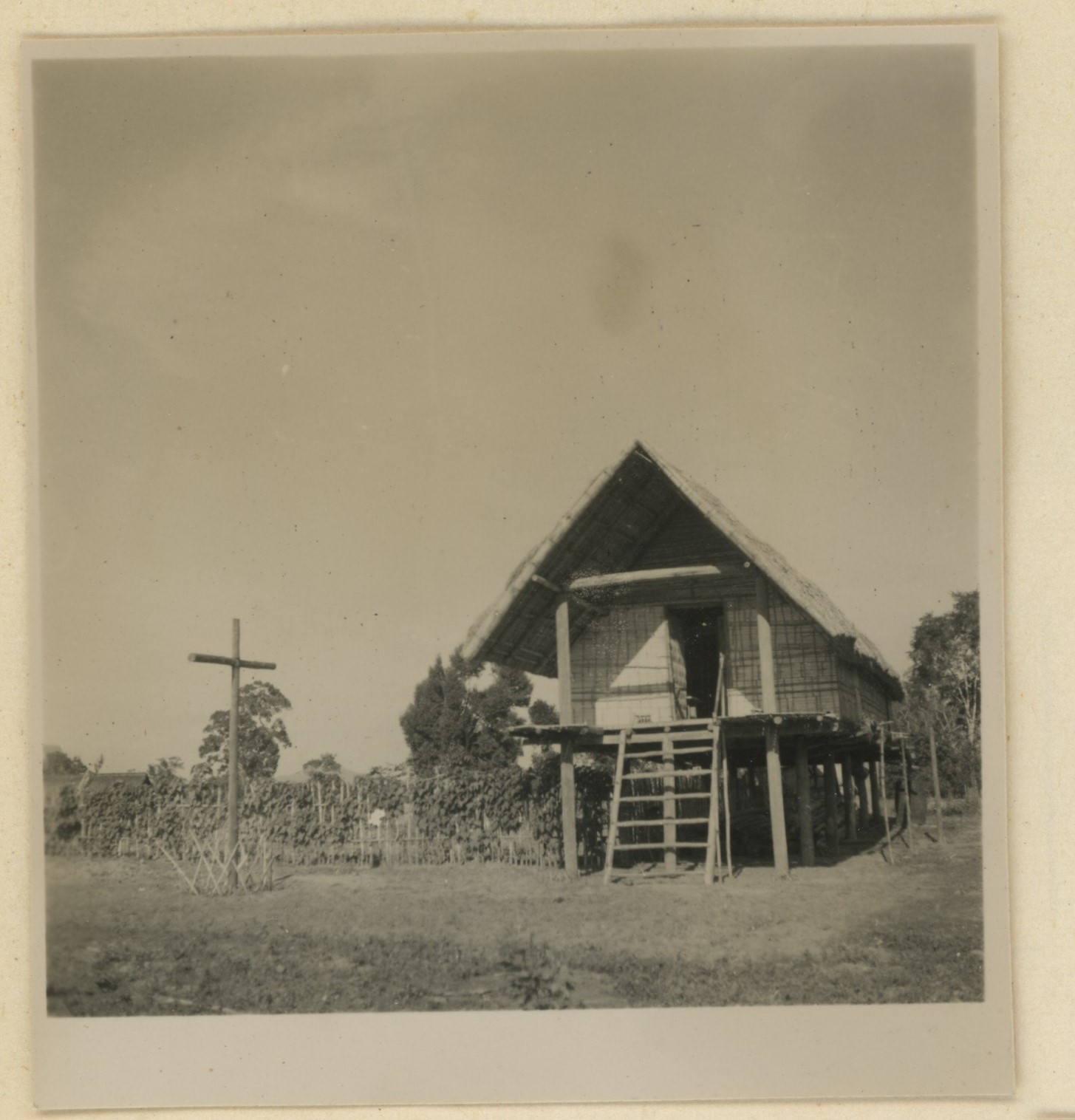
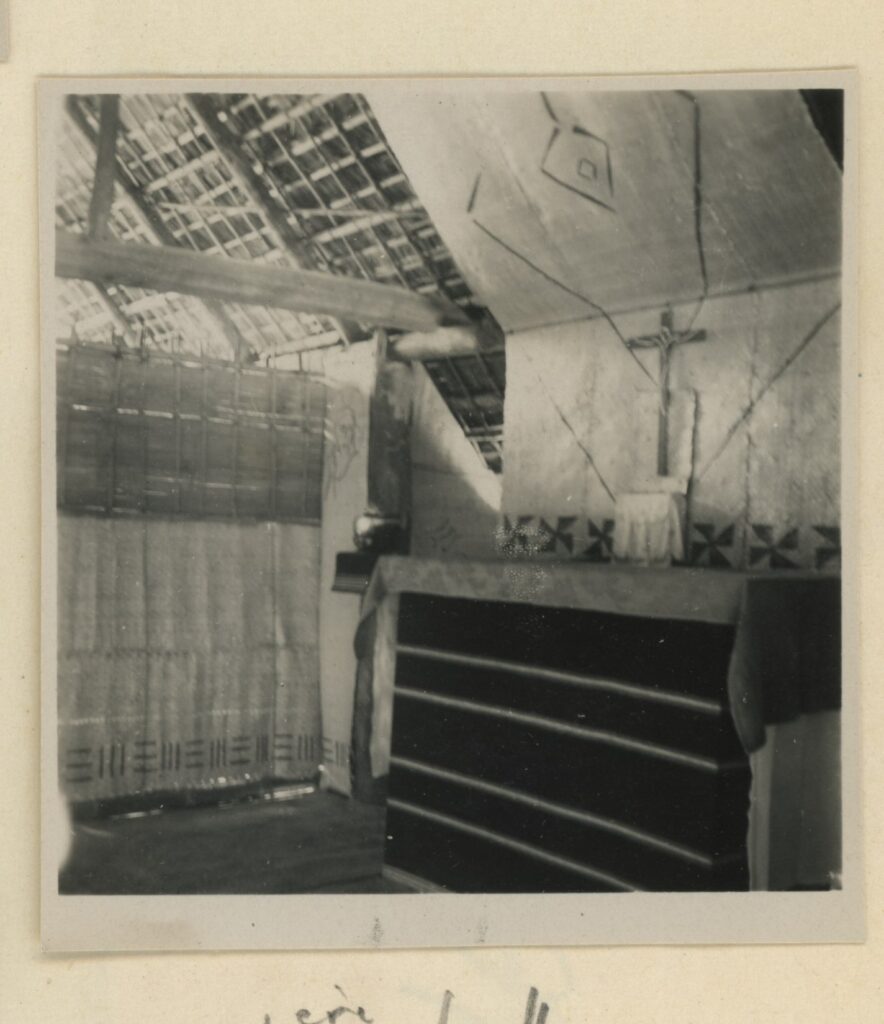
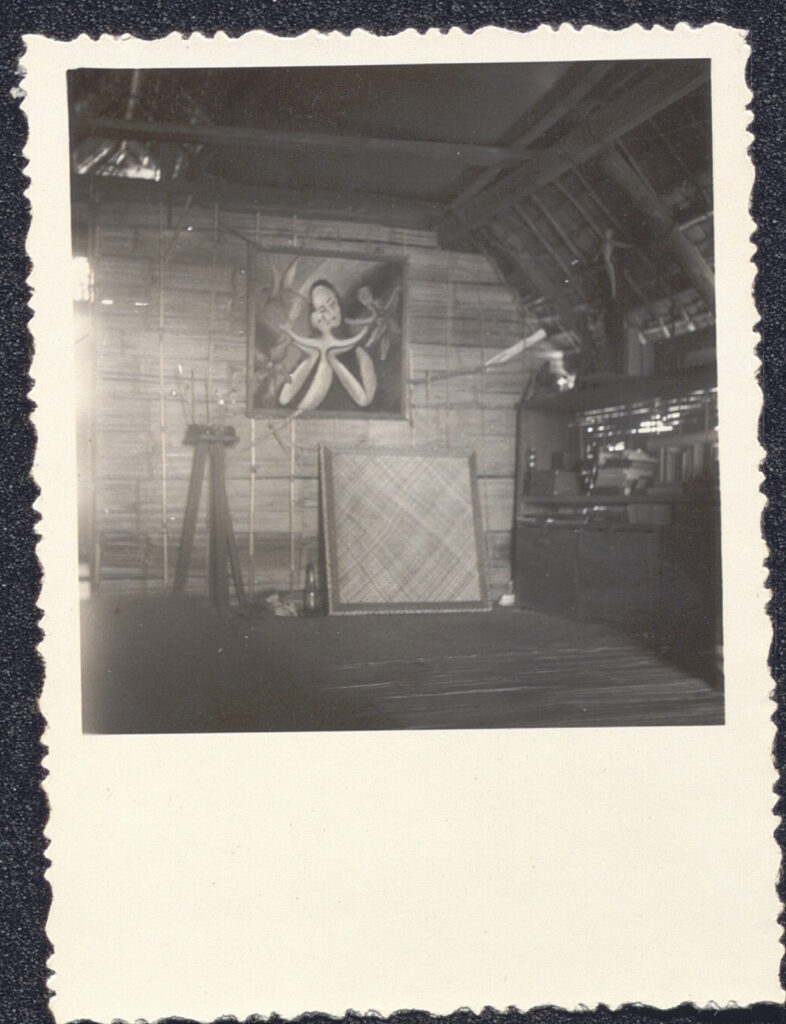

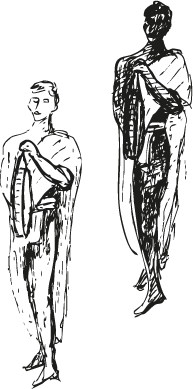
Jörai among the Jörai
From Jacques Dournes to “Dam Bo”
In 1948, the Sré gave Dournes a local name: “Dam Bo” (“the white man”), which he used as his pen name until his final years. He quickly assimilated himself completely into the community whose life he wanted to share. He was not afraid to denounce colonial abuses, whether it was the corvée mobilizing the Montagnards for up to 10 days a month, the more or less forced enlistments, or the working conditions on the plantations.
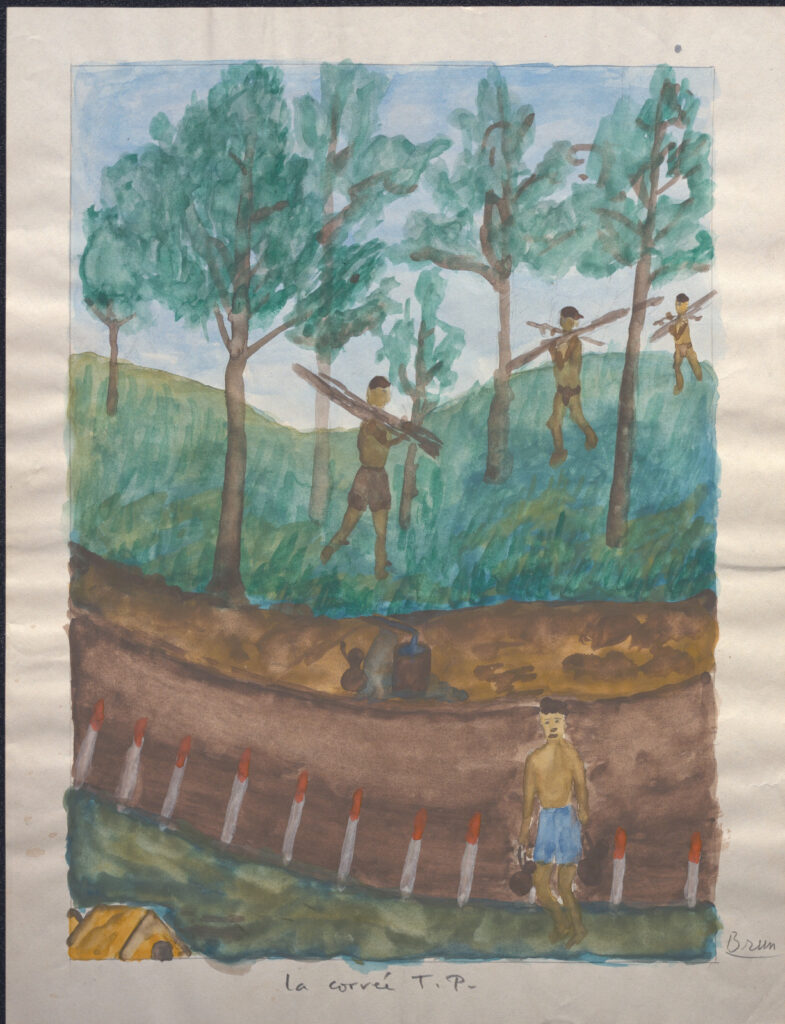
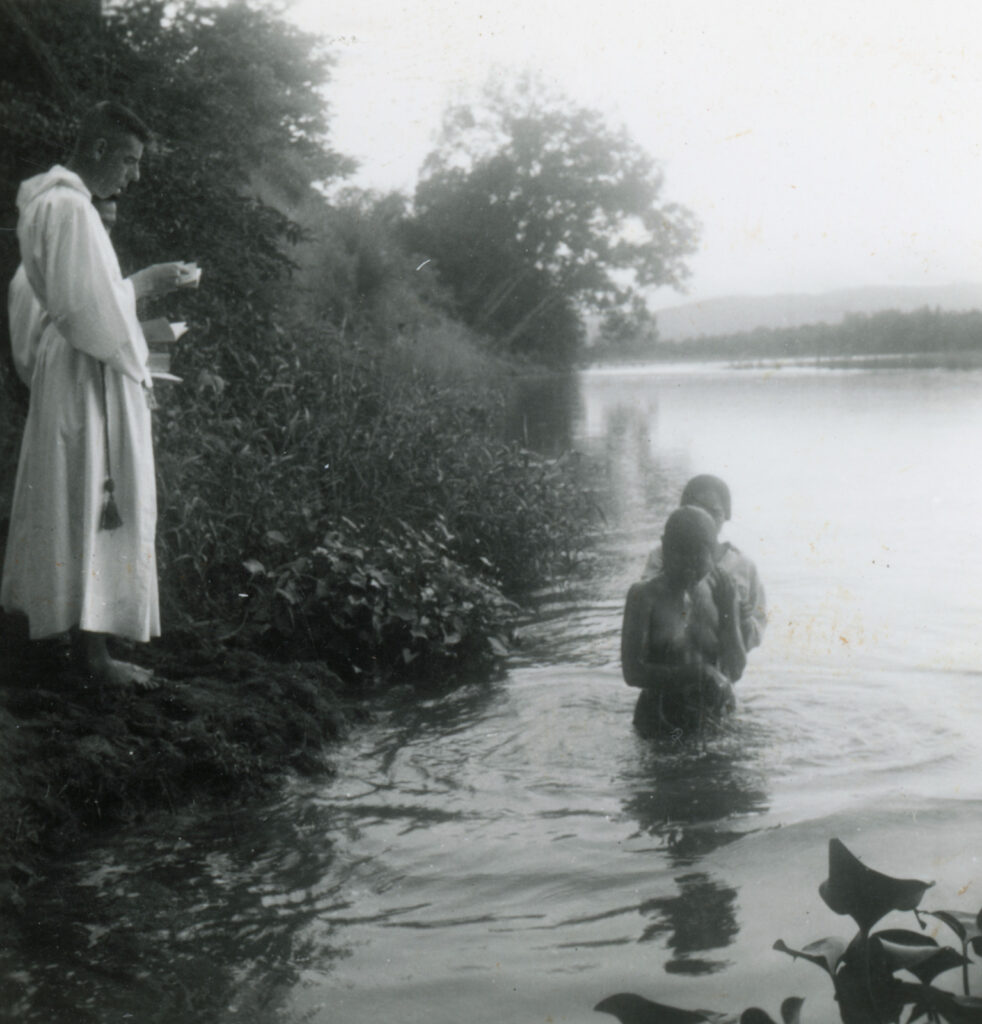
“Gently guiding the sacred jörai universe toward the light”
In his early works, as well as at the Second Vatican Council, where he was called upon as an expert in concrete missionary situations, he proposed pastoral openings such as allowing married catechists to become priests. He was particularly concerned with deepening the theology of mission, illustrating the idea that every culture contains the seeds of Christian notions. The missionary must become a prophet-servant-revealer, animated by an ardent life of prayer, bearing witness to evangelical values following the example of his beloved Charles de Foucauld. If Dournes acquired such a detailed knowledge of the forest of beliefs and customs of the Jörai, it was in order to gently guide the sacred Jörai universe towards the light.
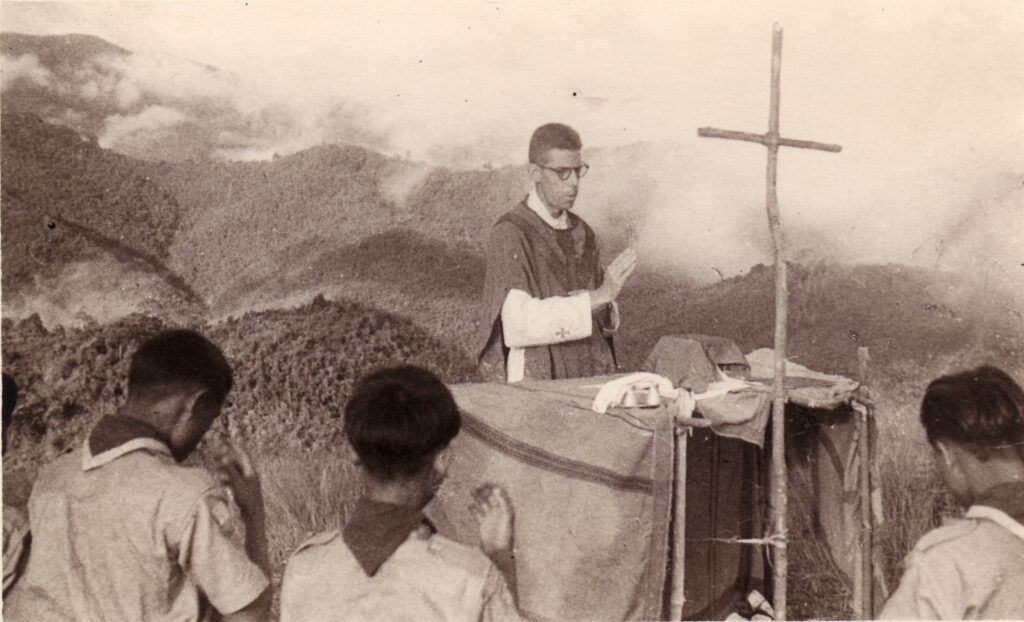
If there is no place for foreigners, then I must cease to be a foreigner. The first thing to do is to take people seriously. Modesty and respect are powerful virtues for opening up impenetrable inner worlds. The second thing to do is to learn the language of these people.
